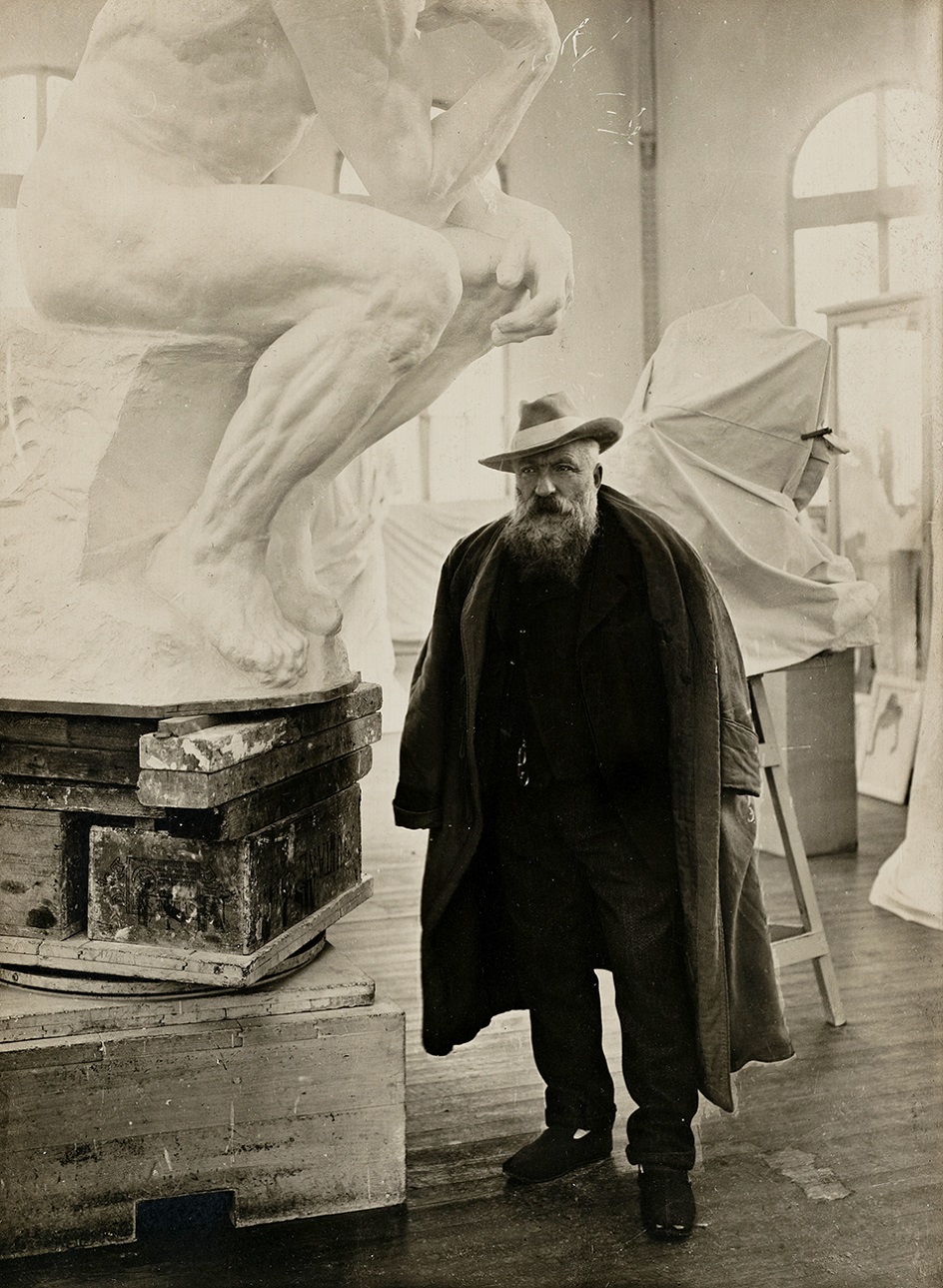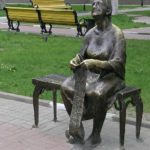Flower Monument, better known as the Stone Flower

Time of creation – 1960-1966
Author — Bogdan Bogdanovich
Location – Jasenovec, Croatia
Dimensions and materials – 24 m high and 35 m wide. Concrete, rebar and wood
Stone Flower. What is dedicated to
After the fascist Axis forces invaded the Kingdom of Yugoslavia in April 1941 and turned it into a puppet Independent State of Croatia (IHC), labor camps were established in the region, which later turned into death camps.
One of them was “Jasenovac”, located in the city of the same name. During World War II, he was considered the sixth most deadly. After its completion, the entire infrastructure was dismantled, and it became the only large camp from which no material evidence of existence remained.

History of creation
In the late 1950s, under pressure from the victims and their families, the Yugoslav government began plans to build an official modern monument to commemorate these tragic events.
In 1960, the Yugoslav government asked the architects Bogdan Bogdanovich and Zdenko Kolacie to submit their design proposals for the memorial complex. As a result, Josip Tito chose Bogdanovich’s project.
The original concept included more elements that were never implemented. The monument itself and its territory are now maintained in good condition.

Symbolism
Bogdanovich chose as a representative form a 24-meter-high stone flower with six petals that opens to the sky, which is rooted in a crypt. A road from the wooden sleepers of the old railway tracks, along which the prisoners were once delivered to the camp, leads to the monument through the entire landscape park. With this technique, Bogdanovich intended to recreate for visitors the final journey of the victims to their final resting place. This lyrical memorial serves as a metaphysical allegory for life and death, feelings of reconciliation and the end of hatred that passes from generation to generation.








